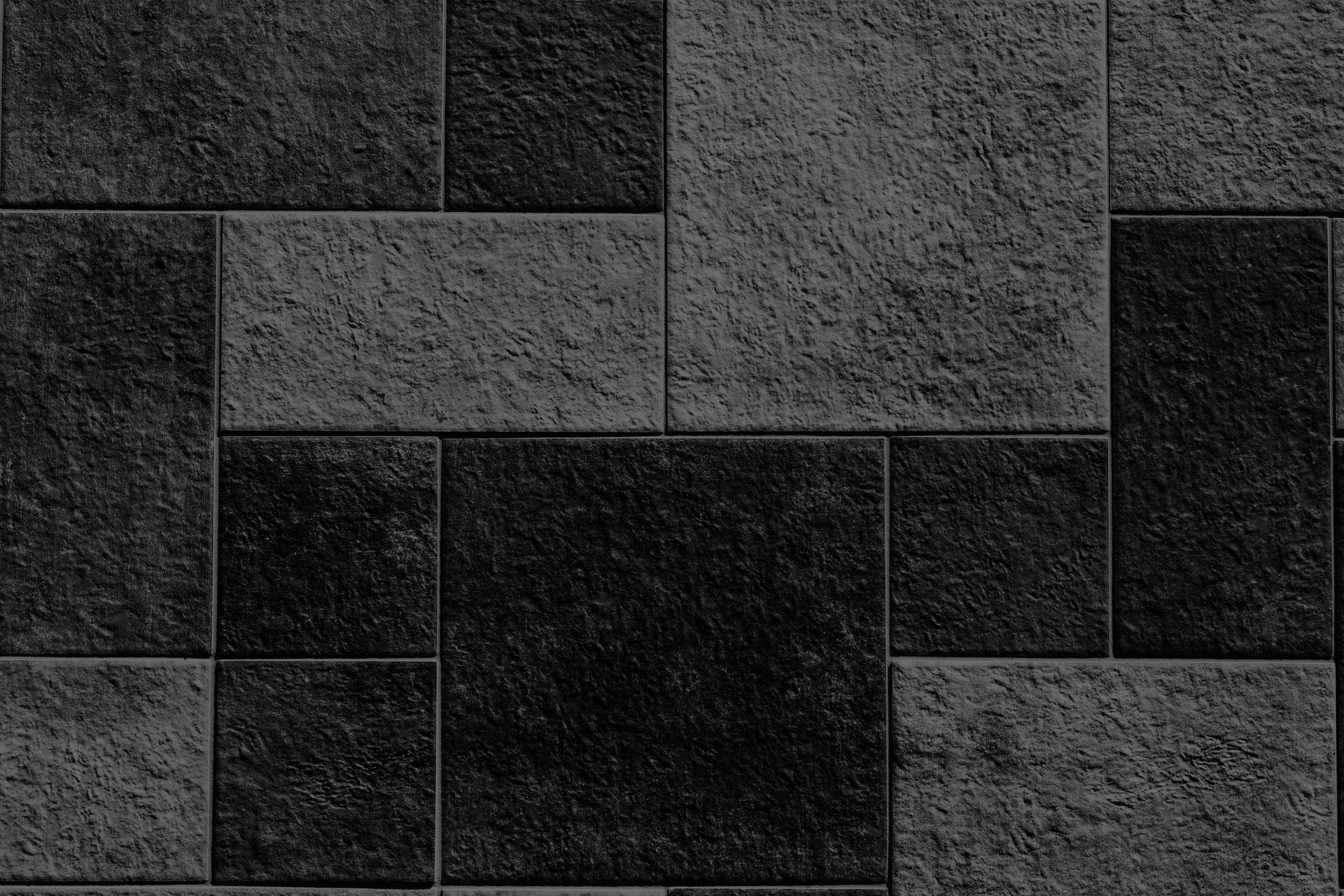Sealing
Sealing an epoxy floor is a crucial final step in the installation process that enhances the durability, appearance, and longevity of the flooring. The sealant layer provides additional protection against mechanical wear, chemical spills, and UV radiation, which can degrade the epoxy resin over time. This guide explores the benefits of sealing epoxy flooring, the different types of sealants available, and why it’s essential for maintaining an optimal floor condition.
Benefits of Sealing Epoxy Flooring
Enhanced Durability: A sealant layer adds an extra level of protection to the epoxy flooring, shielding it from scratches, impacts, and other forms of physical damage.
Improved Chemical Resistance: Many industrial environments expose floors to harsh chemicals. A top sealant provides a barrier that can resist chemical corrosion, thus preserving the floor’s integrity.
UV Protection: For epoxy floors exposed to sunlight, a UV-resistant topcoat is crucial to prevent yellowing and degradation of the resin due to UV exposure.
Aesthetic Enhancement: Sealants can enhance the visual appeal of epoxy floors by adding a glossy or matte finish that intensifies color depth and provides a smooth, even surface.
Moisture Barrier: Sealing epoxy flooring helps prevent moisture penetration, which is crucial in basements or facilities where damp conditions prevail.
Types of Sealants for Epoxy Flooring
Polyurethane Sealants: Known for their excellent abrasion resistance and flexibility, polyurethane sealants are ideal for areas with heavy foot traffic or equipment use. They also offer good chemical resistance and are available in different sheens.
Epoxy Sealants: These provide a thick, durable coating that enhances the underlying epoxy’s strength and chemical resistance. Epoxy sealants are best suited for industrial environments.
Acrylic Sealants: A cost-effective option for areas with light traffic, acrylic sealants dry quickly and provide a clean, shiny finish. However, they are less durable than polyurethane and epoxy sealants.
Application Process
Sealing an epoxy floor should always be performed by professionals to ensure uniform coverage and optimal curing conditions. The process typically involves:
Surface Preparation: Cleaning the epoxy flooring to remove any dust, debris, or contaminants that could affect the adhesion of the sealant.
Application: Applying the sealant evenly using rollers or sprayers, depending on the type of sealant and the size of the area.
Curing: Allowing sufficient time for the sealant to cure fully, which can vary from a few hours to several days based on the ambient temperature and humidity.
Sealing your epoxy flooring is an essential practice that extends its life and maximizes its performance. Whether you are installing a new floor or maintaining an existing one, choosing the right type of sealant and applying it correctly are crucial steps that will protect your investment and ensure your floor remains durable, attractive, and functional for years to come. Regular maintenance combined with proper sealing can significantly enhance the efficacy and lifespan of epoxy floors, making them a smart choice for any setting.

"Our new epoxy garage floor is fantastic! Not only does it look stunning, but the cleanup is a breeze. We couldn’t be happier with the professionalism and quality work provided by the team."
— Samantha L.
"We opted for epoxy flooring for our restaurant, and the results have exceeded our expectations. The floor’s resistance to heavy foot traffic and spills has made our day-to-day operations much smoother. The vibrant finish also really pops and enhances our interior decor."
— Marco D., Restaurant Owner
After installing epoxy flooring in our manufacturing facility, we've noticed a significant improvement in maintenance and cleanliness. The anti-slip surface has enhanced safety for our employees, and the durability is exactly what we need in such a demanding environment."
— Jameson Industrial Solutions




